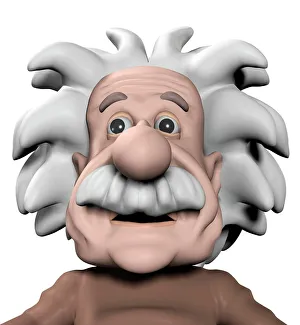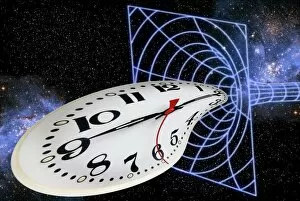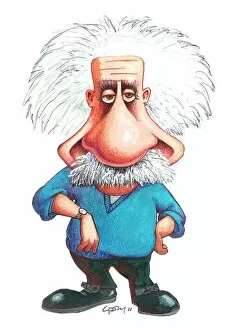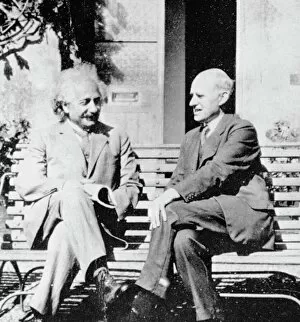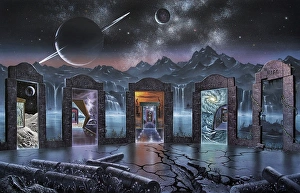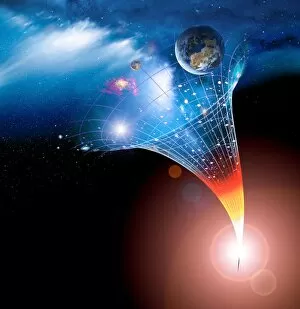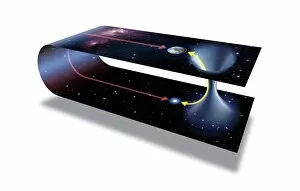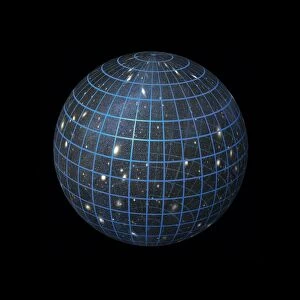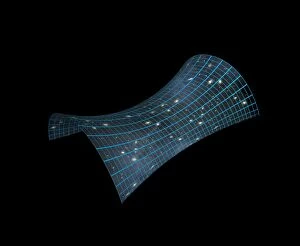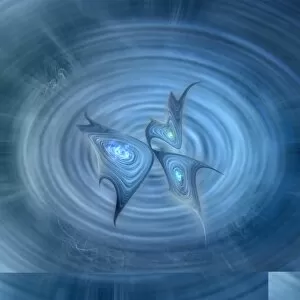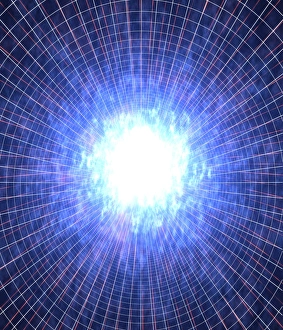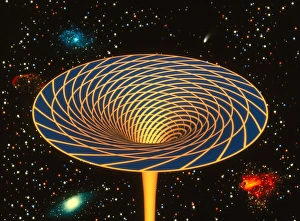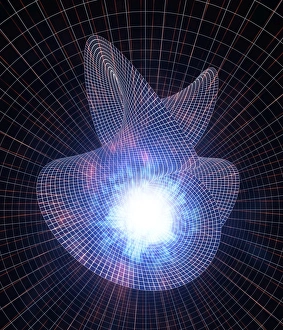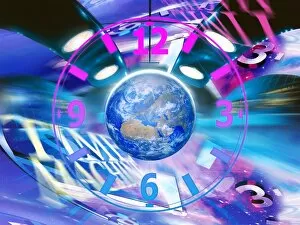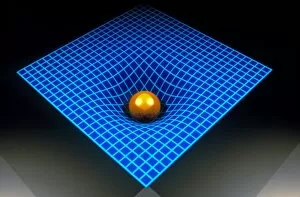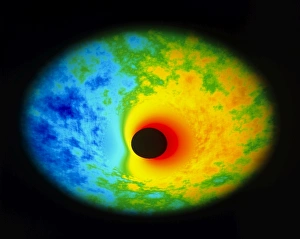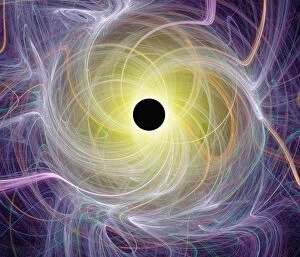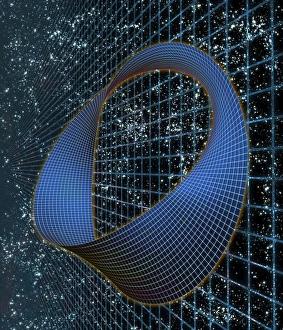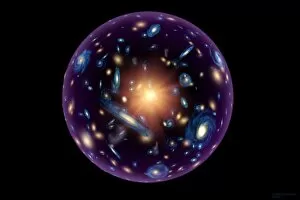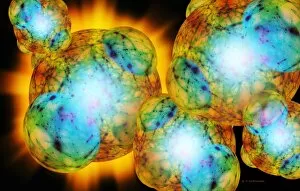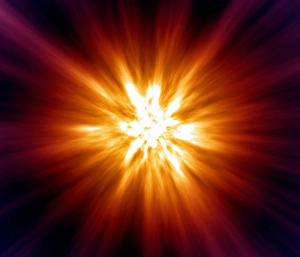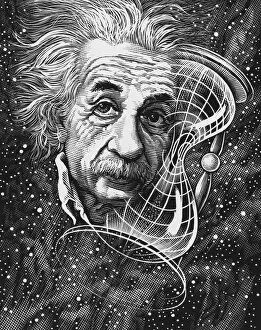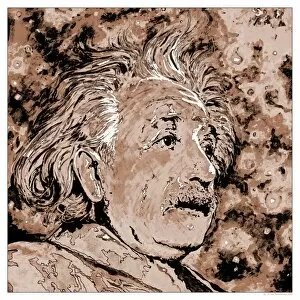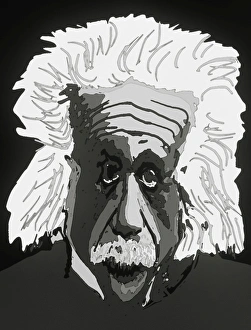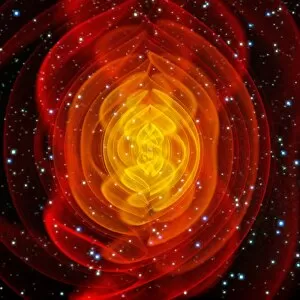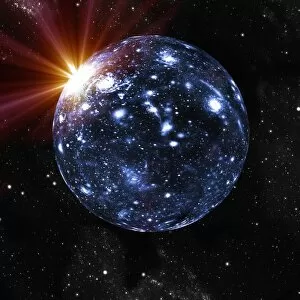Space Time Collection
"Exploring the Depths of Space-Time: A Journey into the Mind of Albert Einstein" In this captivating artwork, we delve into the fascinating concept of space-time
All Professionally Made to Order for Quick Shipping
"Exploring the Depths of Space-Time: A Journey into the Mind of Albert Einstein" In this captivating artwork, we delve into the fascinating concept of space-time, a revolutionary theory introduced by none other than Albert Einstein. The image depicts a time warp, symbolizing the bending and warping of space and time as described in Einstein's general theory of relativity. A playful caricature of Einstein himself accompanies this conceptual image, reminding us of his immense contributions to our understanding of the universe, and is worth noting that he collaborated with Arthur Eddington in 1930 to validate his theories during an eclipse observation – a pivotal moment in scientific history. Another piece showcases an oscillating universe theory through stunning artwork. This hypothesis suggests that our universe expands and contracts cyclically over vast periods – an awe-inspiring notion that challenges conventional notions about time itself. The enigmatic Stephen Hawking also makes an appearance in this exploration. As a British theoretical physicist renowned for his groundbreaking work on black holes and cosmology, Hawking further expanded upon Einstein's ideas with his own unique insights. One cannot discuss space-time without mentioning the Big Bang origin of the Universe. Through mesmerizing artwork, we witness its explosive birth from a singularity – a moment when all matter and energy burst forth into existence, setting off cosmic evolution as we know it today. The concept of string theory emerges amidst these thought-provoking visuals. Strings are hypothesized to be fundamental building blocks at unimaginably small scales within our universe – potentially holding answers to mysteries yet unsolved. As if peering through portals themselves, artistic renditions depict gateways leading to alternate universes beyond our own reality. These imaginative creations invite contemplation on parallel dimensions existing alongside ours – realms where different laws govern physics and new possibilities unfold endlessly. Throughout these diverse artworks featuring Albert Einstein's likeness repeatedly portrayed with reverence or creativity alike - one thing becomes clear: space-time remains an ever-evolving frontier of human curiosity and scientific exploration.

